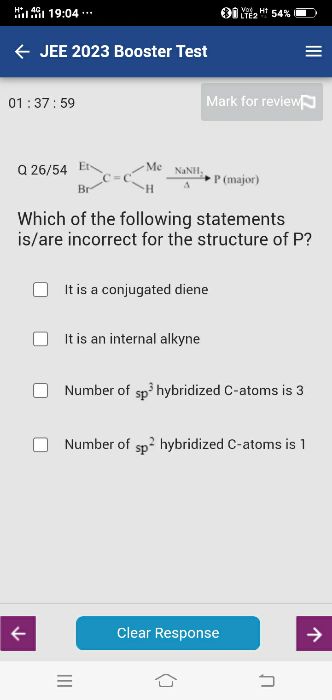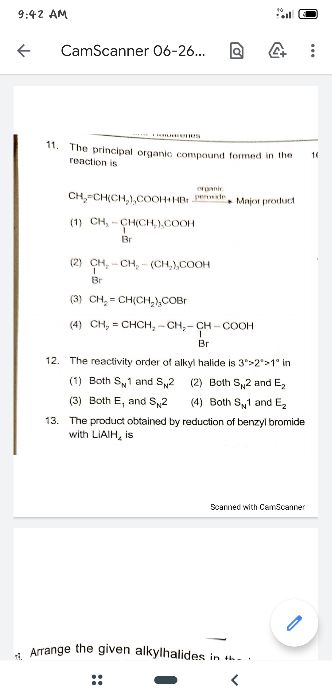CBSE Class 12-science Answered
This can be shown by two ways:
1. Reactivity towards an electrophile
The reactivity towards an electrophile depends upon the electron density on the benzene ring. If the electron density increases, electrophile attacks easily. As Cl withdraws electrons through inductive effect (-I effect), it tends to destabilize the intermediate carbocation towards electrophilic substitution.
2. Directive influence
Although Cl benzene is less reactive towards electrophilic aromatic substitution but if electrophile attacks and the product is to be formed, then it will be at o- and p- positions. This is because through resonance halogen tends to stabilize the carbocation and the effect is more pronounced at o- and p- positions.









